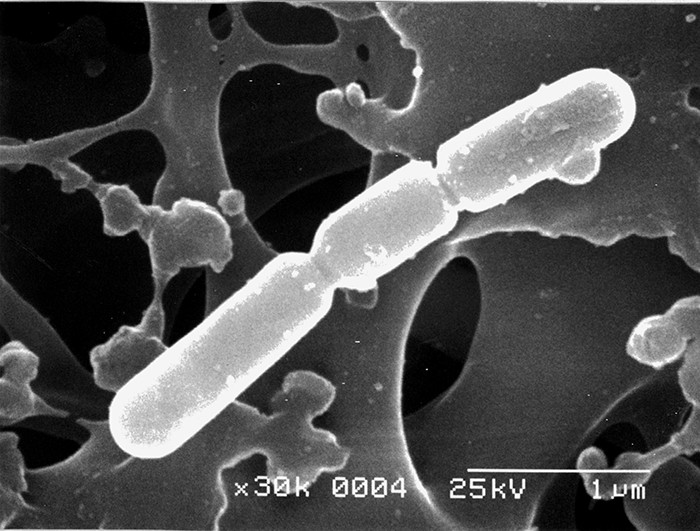Hi-ochi・hi-ochi-kin
- 【English】
- Bacterial spoilage of sake (by hi-ochi lactic acid bacteria); hi-ochi lactic acid bacteria
- 【Japanese】
- 火落ち・火落菌
The growth of a particular lactic acid bacteria in seishu is called hi-ochi, and the bacteria responsible hi-ochi kin. The infected sake becomes cloudy, and this is usually accompanied by an increase in acidity and a characteristically unpleasant smell (“hi-ochi stink”), making the sake undrinkable. The degree of spoilage depends on the particular strain of bacteria, with some making the sake acidic, but with little effect on aroma, while others produce little acid but drastically affect the smell, and other variations.
The great majority of sake in the market has an alcohol content of about 15%, which is too high a concentration for ordinary bacteria to grow. However, hi-ochi kin are alcohol-resistant, and have the unusual ability to grow comfortably in sake. 28 – 30°C is the optimum temperature for growth.
Depending on the form of fermentation, hi-ochi kin are divided into heterotype and homotype. They were further divided into true hi-ochi bacteria and hiochi-natured lactobacilli dependent on the requirement or otherwise for mevalonic acid, but strains of true hi-ochi bacteria (homotype) which have no requirement for mevalonic acid were later discovered .
In order of strength of alcohol resistance, they are:
- true hi-ochi bacteria (homotype).
- True hi-ochi bacteria (heterotype).
- Hiochi-natured lactobacilli.
Strains which can grow even at an alcohol content of twenty-five percent occur in the first category.

hi-ochi kin

